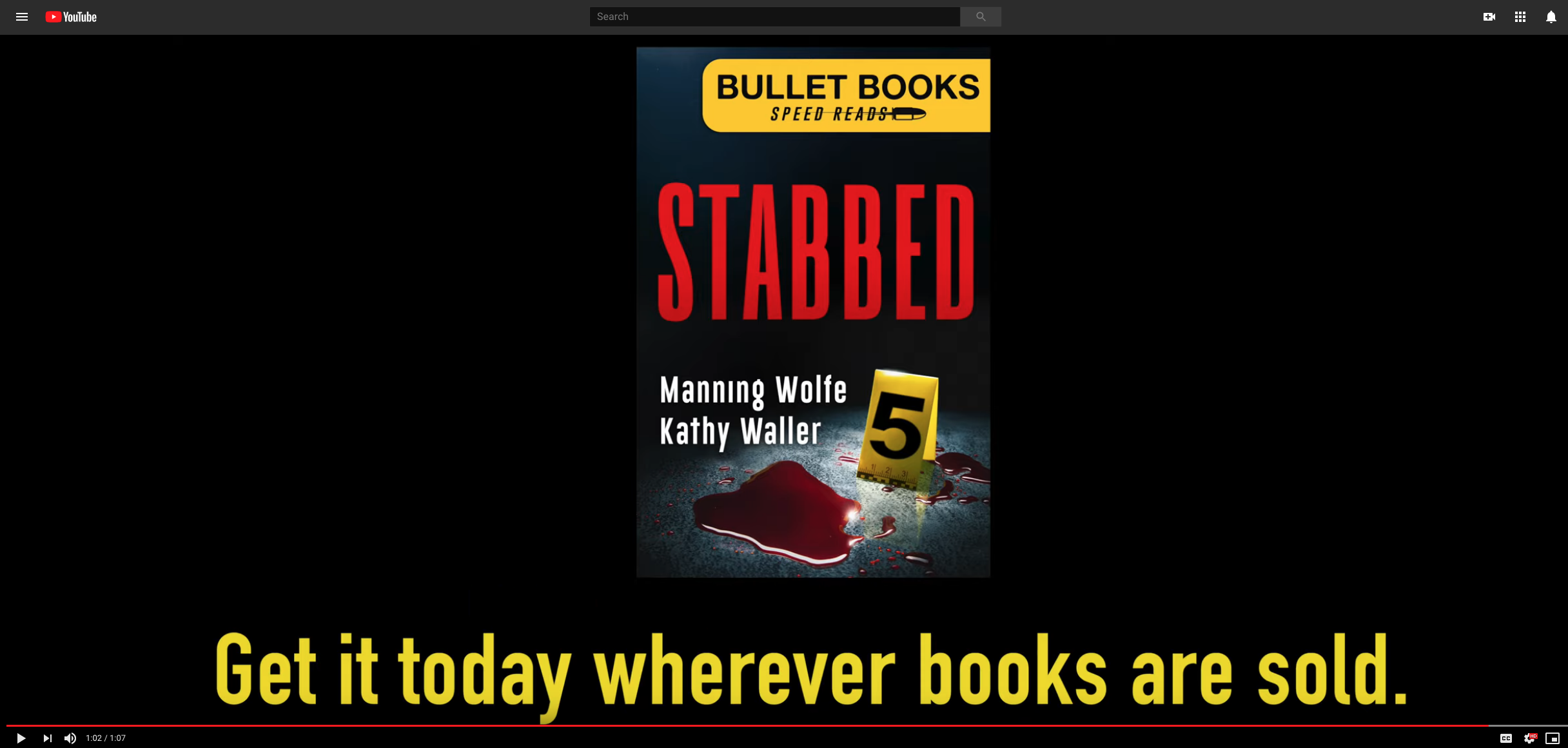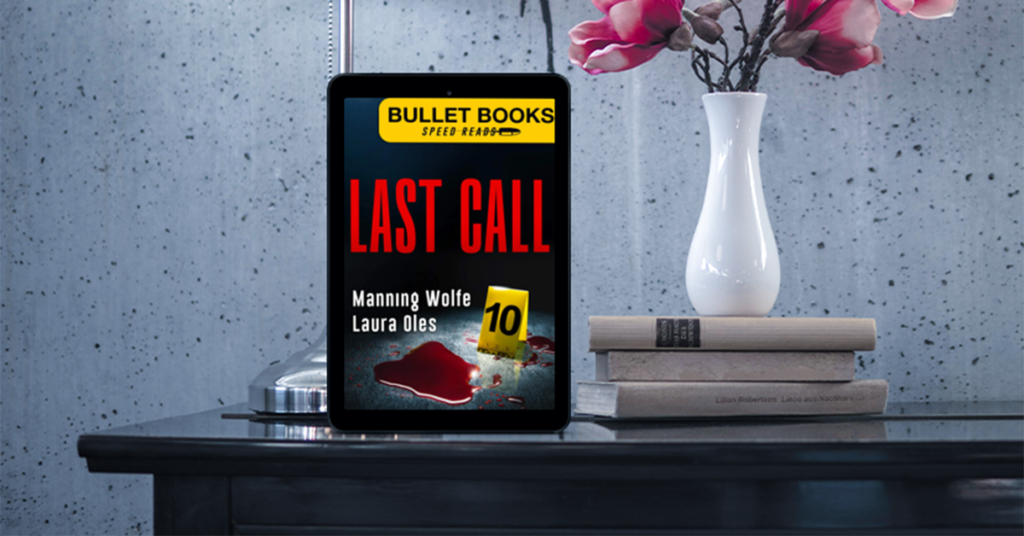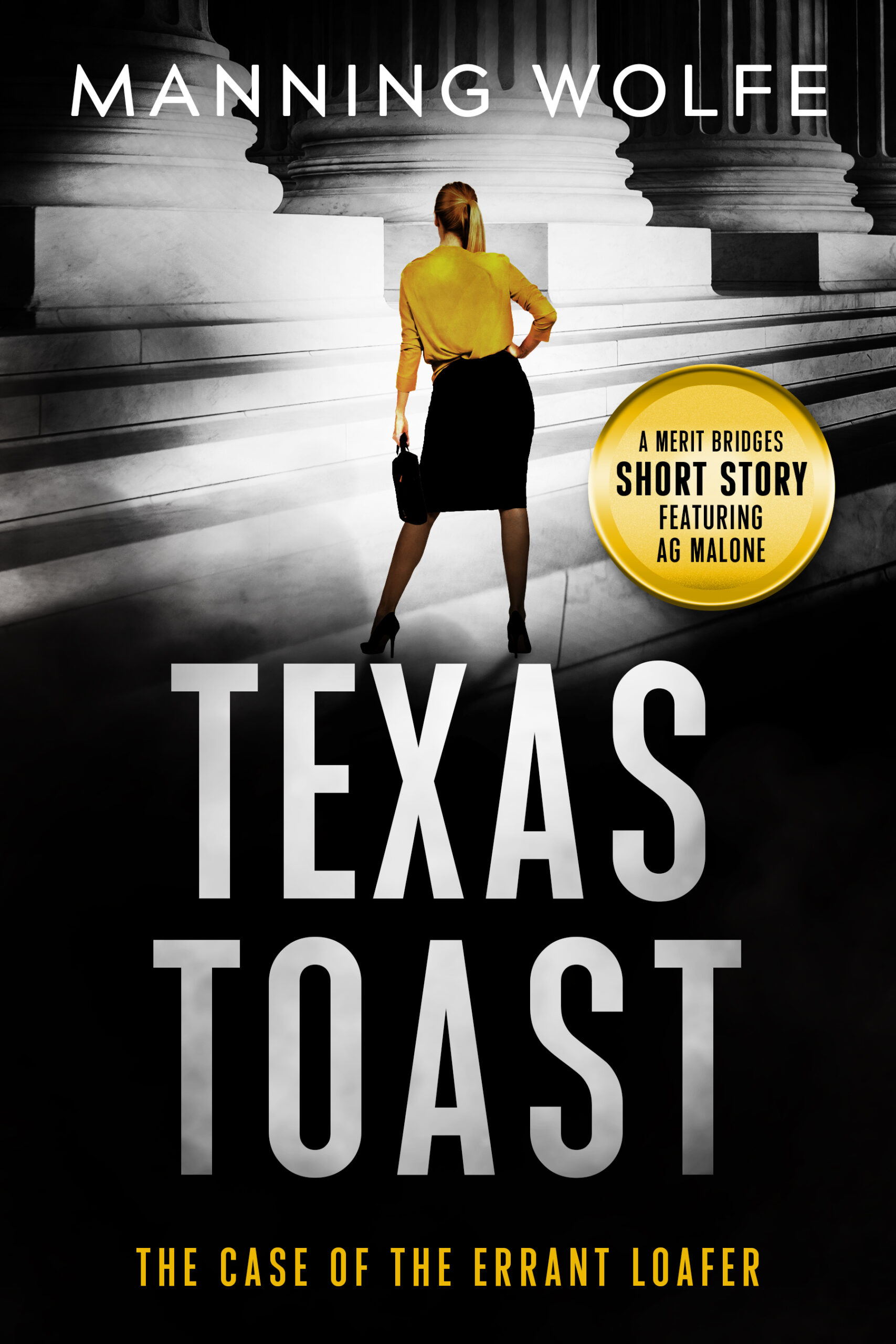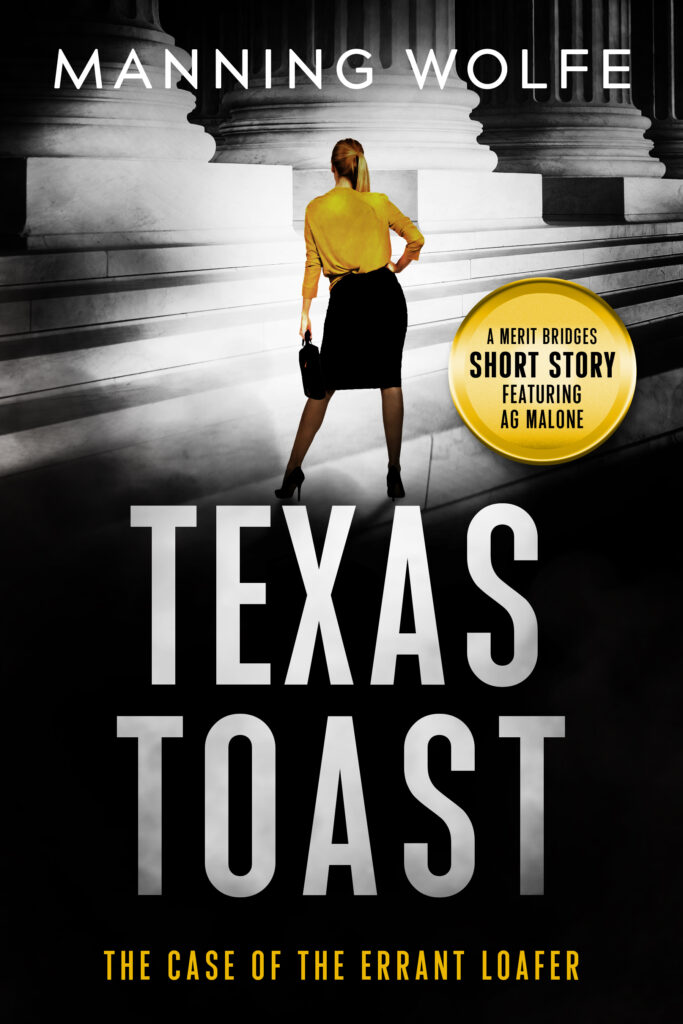 Kathy Waller is today’s guest blogger and co-author of Stabbed, Bullet Books Speed Reads #5.
Kathy Waller is today’s guest blogger and co-author of Stabbed, Bullet Books Speed Reads #5.
Kathy grew up in Fentress, a small farming town in Central Texas; memories of the place and its people provide inspiration for much of her work. She is a member of Austin Mystery Writers, Sisters in Crime-Heart of Texas Chapter, and the Writers’ League of Texas.
Kathy’s award winning short stories appear in Murder on Wheels (Wildside, 2015), Lone Star Lawless (Wildside, 2017); Day of the Dark: Stories of Eclipse (Wildside, 2017); Mysterical-E; and Texas Mountain Trail Writers’ Chaos West of the Pecos.
Rules For Writers by Kathy Waller
There are many rules for writers. Two major ones are: Write what you know and write what you love.
I was pleased that Stabbed, which I co-wrote with Manning Wolfe, was set in Vermont. I love vacationing there: mountains and trees, summer wildflowers and narrow, winding roads, rainstorms and starry nights, white frame churches and village greens.
In Chapter 1, Dr. Blair Cassidy, professor of English, arrives home one dark and stormy night, walks onto her front porch, and trips and falls over the body of her boss, Dr. Justin Capaldi. She jumps back into her car and calls the sheriff. The sheriff arrives and . . .
What happens next? Who takes charge of the investigation? The sheriff? Or the state police? What do their uniforms look like? Where do rail lines run? What’s the size of a typical university town? And a typical university? And several other details not gathered during a typical vacation.
I didn’t know, so, new rule: Write what you learn. Research. Research. Research. The best mystery authors have been avid researchers.
Agatha Christie, for example, is known for her extensive knowledge of poisons. As a pharmacy technician during World War I, she did most of her research on the job before she became a novelist. Later she dispatched victims with arsenic, strychnine, cyanide, digitalis, belladonna, morphine, phosphorus, veronal (sleeping pills), hemlock, and ricin (never before used in a murder mystery). In The Pale Horse, she used the less commonly known thallium. Christie’s accurate treatment of strychnine was mentioned in a review in the Pharmaceutical Journal.
Francis Iles’ use of a bacterium was integral to the plot in Malice Aforethought. His character, Dr. Bickleigh, serves guests sandwiches of meat paste laced with Clostridium botulinum and waits for them to develop botulism. If Dr. Bickleigh had been as knowledgeable about poisons as his creator, he wouldn’t have been so surprised with the consequences.
Among modern authors, P.D. James is known for accuracy. Colleague Ruth Rendell said that James “always took enormous pains to be accurate and research her work with the greatest attention.” Before setting Devices and Desires near a nuclear power station, she visited power plants in England; she even wore a protective suit to stand over a nuclear reactor. Like Christie, she used information acquired on the job—she wrote her early works during her nineteen years with the National Health Service—for mysteries set in hospitals.
Most authors don’t go as far as standing over nuclear reactors in an attempt to get it right, but sometimes even the simplest research is time-consuming. And, even the most meticulous researchers make errors.
Dorothy L. Sayers was as careful in her fiction as she was in her scholarly writing. But she confessed in a magazine article that The Documents in the Case contained a “first-class howler”: A character dies from eating the mushroom Amanita muscaria, which contains the toxin muscarine. Describing the chemical properties of muscarine, Sayers said it can twist a ray of polarized light. But only the synthetic form can do that—the poison contained in the mushroom can’t.
Most readers don’t forgive big mistakes. And why should they? Thorough research is a mark of respect for readers. And sometimes, getting the facts straight in fiction has consequences the author can’t predict. Christie’s The Pale Horse is credited with saving two lives: In one case, a reader recognized the symptoms of thallium poisoning Christie had described and saved a woman whose husband was slowly poisoning her; in the second, a nurse who’d read the book diagnosed thallium poisoning in an infant. The novel also credited with the apprehension of one would-be poisoner.
As to Stabbed—Well, we don’t expect it to save lives or help catch criminals. I knew Vermont, but I didn’t know Vermont criminal procedure. Now, readers will come out knowing what the uniform of the Vermont State Police looks like and what happens at a courtroom arraignment.
And choosing the murder weapon was easy. We considered the book’s title and – well, d’oh – no more research was required.








